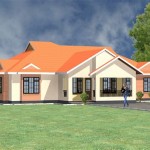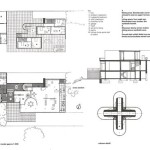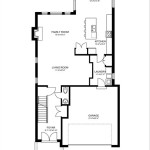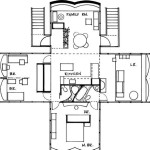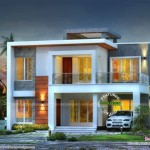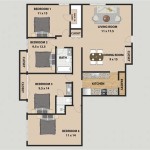Essential Aspects to Consider When Designing House Plans with Indoor Pools
Incorporating an indoor pool into your home is an excellent way to enhance your lifestyle and add value to your property. However, it's crucial to meticulously plan the design and construction to ensure a seamless integration. Here are essential aspects to consider when designing house plans featuring indoor pools:
Location: The ideal location for an indoor pool depends on your property layout and personal preferences. Consider areas with ample natural light, adequate ventilation, and easy access from other living spaces. A basement or lower level may provide privacy and soundproofing, while an addition or conservatory can offer panoramic views and abundant sunlight.
Size and Shape: Determine the optimal size and shape for your indoor pool based on the available space and your intended use. Consider the number of swimmers, desired activities (e.g., swimming laps, water volleyball), and the overall aesthetic you wish to achieve. Rectangular pools are classic and versatile, while irregular shapes can add visual interest and accommodate unique architectural features.
Materials: Indoor pools are typically constructed from concrete, fiberglass, or vinyl liner. Concrete pools offer durability and customization, while fiberglass pools are lightweight and prefabricated for a faster installation. Vinyl liner pools are the most affordable but require regular maintenance. Choose a material that aligns with your budget, desired lifespan, and aesthetic preferences.
Water Features: Enhance the functionality and ambiance of your indoor pool with water features such as waterfalls, fountains, and jets. These elements can improve water circulation, create soothing sounds, and add visual appeal. Consider their placement and design to complement the overall pool design and create a harmonious indoor oasis.
Filtration and Sanitation: To maintain a clean and healthy swimming environment, install a reliable filtration system and disinfection method. Sand filters and cartridge filters are common options, and chlorine or saltwater chlorination systems ensure proper water quality. Proper ventilation and moisture control are also essential to prevent mold and mildew accumulation.
Temperature and Humidity Control: An indoor pool typically requires heating and humidity control to ensure a comfortable swimming experience. Heat pumps or gas heaters can effectively regulate water temperature, while dehumidifiers or ventilation fans manage moisture levels. Proper insulation and temperature control prevent condensation and maintain a comfortable indoor climate.
Safety Considerations: Adhere to all applicable building codes and safety regulations to ensure the safe use of your indoor pool. Install anti-slip surfaces, secure ladders and handrails, and consider pool covers to prevent accidental falls. Life jackets and proper supervision are also essential safety measures to minimize risks while swimming.

Luxury French Country Home Plan With Courtyard And Indoor Pool 290110iy Architectural Designs House Plans

Indoor Pool House Mansion Floor Plan Plans

Striking Home Plan With Indoor Pool 72402da Architectural Designs House Plans

Contemporary Style House Plan 2 Beds 3 Baths 2283 Sq Ft 60 763 Shed Plans Indoor Pool

Indoor Swimming Pools House Plans And More

House Plans With Pool Courtyard Indoor

2 Story Modern Home Plan With Indoor Pool 85270ms Architectural Designs House Plans

Indoor Swimming Pools House Plans And More

House Plan 4 Bedrooms 3 5 Bathrooms Garage 2851 Drummond Plans

House Plans Pool Courtyard Plan W72108da Wrap Around Central With Large New Indoor

